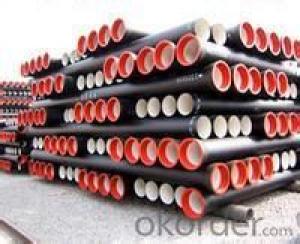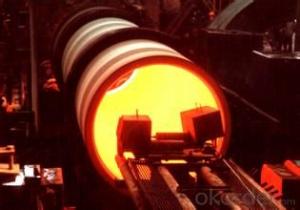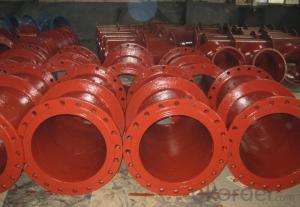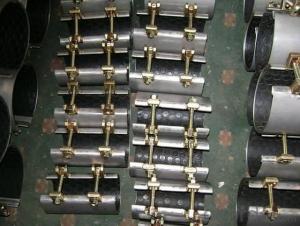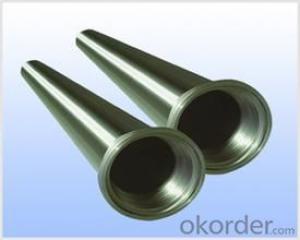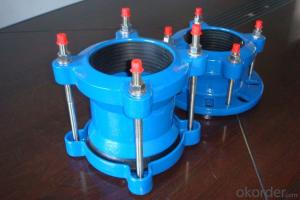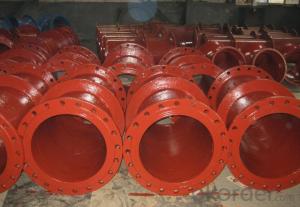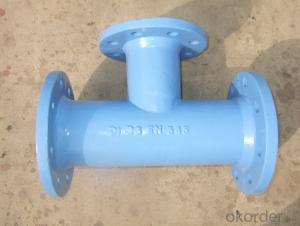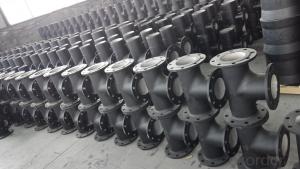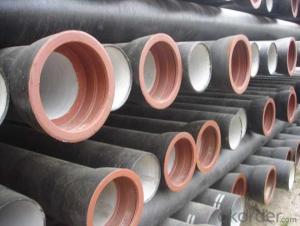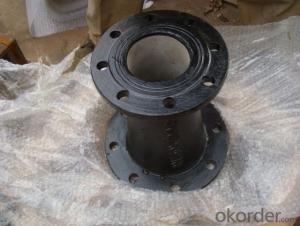All Categories
- - Steel Wire Rod
- - Steel Coils
- - Steel Profiles
- - Steel Pipes
- - Stainless Steel
- - Tinplate
- - Special Steel
- - Steel Sheets
- - Steel Rebars
- - Steel Strips
- - Hot Rolled Steel
- - Cold Rolled Steel
- - Pre-painted Steel
- - Seamless Steel Pipe
- - Welded Steel Pipe
- - Hollow Steel Tubes
- - Galvanized Pipe
- - Stainless Steel Coil
- - Stainless Steel Sheet
- - Stainless Steel Plate
- - Stainless Steel Strips
- - Electrolytic Tinplate Coil
- - Electrolytic Tinplate Sheet
- - Stainless Steel Rebars
- - Solar Panels
- - Solar Water Heater
- - Solar Related Products
- - Solar Inverter
- - Solar Cells
- - Solar Light
- - Solar Energy Systems
- - Solar Controllers
- - Solar Mounting System
- - Solar Pump
- - Solar Chargers
- - Fiberglass Chopped Strand
- - Fiberglass Mesh Cloth
- - Composite Pipes
- - FRP Pultrusion Profiles
- - Fiberglass Mat Tissue
- - Fiberglass Fabrics
- - Fiberglass Mesh
- - Composite Tank
- - Fiberglass Mesh tape
- - Polymer
- - FRP Roofing Panel
- - Fiberglass Roving
- - Monolithic Refractories
- - Ceramic Fiber Products
- - Refractory Bricks
- - Raw Materials For Refractory
- - Suspended Platform
- - Cranes
- - Concrete Machinery
- - Earthmoving Machinery
- - Building Hoist
- - Road Building Machinery
- - Plastic Pipe Fittings
- - Plastic Tubes
- - Plastic Sheets
- - Agricultural Plastic Products
- - Plastic Nets
 All Categories
All Categories
Q & A
How do you perform a leak test on ductile iron pipe fittings?
To perform a leak test on ductile iron pipe fittings, you would typically follow these steps:
1. Thoroughly clean the fitting and ensure it is free from any debris or dirt.
2. Apply a suitable lubricant to the gasket or sealing surface of the fitting.
3. Assemble the fitting into the desired connection.
4. Apply a specified test pressure to the fitting, usually using water or air, depending on the application.
5. Monitor the fitting for any signs of leakage, such as water dripping or air escaping.
6. Maintain the test pressure for a specified duration, typically for a few minutes to several hours, depending on the required test standards.
7. Inspect the fitting after the test period and check for any signs of leakage.
8. If no leakage is detected, the fitting is considered to have passed the leak test. If leakage is observed, the fitting may need to be repaired or further evaluated to identify the cause of the leak.
It is important to follow industry standards and manufacturer guidelines when performing a leak test on ductile iron pipe fittings to ensure accurate and reliable results.
Are there any specific requirements for anchoring or supporting ductile iron pipe fittings?
Yes, there are specific requirements for anchoring or supporting ductile iron pipe fittings. These requirements vary depending on factors such as the size and weight of the fittings, the type of installation (above ground or underground), and the surrounding environment. Generally, ductile iron pipe fittings should be properly anchored or supported to prevent movement, stress, or damage during operation. This can involve using adequate supports, clamps, brackets, or hangers to secure the fittings in place and prevent excessive movement or vibration. It is important to follow the manufacturer's guidelines and industry standards when determining the specific requirements for anchoring or supporting ductile iron pipe fittings in a given application.
What is the maximum allowable deflection for ductile iron pipe fittings?
The maximum allowable deflection for ductile iron pipe fittings is typically specified by the manufacturer and can vary depending on the size and type of fitting. However, a common industry guideline is to limit the deflection to no more than 5% of the fitting's outside diameter.
What are the different gasket options for ductile iron pipe fittings?
There are several gasket options available for ductile iron pipe fittings, including rubber gaskets, EPDM gaskets, and neoprene gaskets. These gaskets are designed to create a seal between the pipe and fitting, preventing leakage and ensuring a secure connection. The choice of gasket depends on factors such as the application, pressure rating, and temperature requirements of the piping system.
Wholesale Ductile Iron Pipe Fittings from supplier in Belgium
We are a Ductile Iron Pipe Fittings supplier serving the Belgium, mainly engaged in the sale, quotation, and technical support services of various Ductile Iron Pipe Fittings products in the Belgium region. We are a subsidiary platform of the Fortune Global 500 company CNBM, able to provide you with one-stop Ductile Iron Pipe Fittings procurement services in the Belgium. Not only do we have a wide range of Ductile Iron Pipe Fittings products, but after years of market development in the Belgium, we can also provide valuable experience for your projects.
Hot Search
- Ductile Iron Pipes in Mongolia
- Ductile Iron Pipe Fittings in Namibia
- Ductile Iron Pipe Fittings in Bengal
- Ductile Iron Pipe Fittings in Fiji
- Ductile Iron Pipe Fittings in Honduras
- Ductile Iron Pipes in Bulgaria
- Ductile Iron Pipes in Vanuatu
- Ductile Iron Pipes in Mali
- Ductile Iron Pipe Fittings in Iraq
- Ductile Iron Pipes in Latvia
